It shouldn't be all that difficult to paint it again. I'm painting over a similar color and it's in good condition You probably don't need a primer. If the current wall is smooth, clean and covered with the same type of paint (both are oil-based for example), you can head straight for the paint. I'm painting over a similar color but it's in bad condition You need to fill holes, spackle and sand, maybe even cut a new piece of drywall in to the existing wall. Your best bet is to use a good layer of primer to ensure a smooth, consistent base layer for the colored paint. In this case, your primer will mask many of the imperfections you're trying to fix.
The existing walls are painted with a latex-based paint and I'm going to use an oil-based paint this time You will need to use a primer in this case. Oil-based paint will not adhere to your existing latex paint layer, so you need to create a middleman, of sorts. A thoroughly applied primer will allow your new paint to bond to a new layer, which is specifically formulated to bond with your new paint. Great primer + paints exist now, which could be ideal for your situation. But you may want to compare prices and choose whichever option suits your budget.
Covering a bright color with an opposite shade will require multiple coats of new paint. It may make more sense to cover the old color in a primer, which is less expensive than your paint. This way, you will only need 1 to 2 coats of your actual color paint.
The choice really comes down to what makes you comfortable. Remove chipped, peeling or flaking paint or rust from objects with a wire brush or fine-grit sandpaper. For larger surfaces and walls, use a scraper, being careful to scrape hard enough but not so hard that you gouge or dig into the surface under the paint. Feather-sand any remaining paint using very fine-grit sandpaper. If the old finish on wood is in bad shape, it's best to remove it entirely with a liquid paint stripper.
Always wash the surface with soap and water, rinse thoroughly, and let it dry completely. Sanding/scraping – We use scrapers followed by orbital sanders to remove paint and feather sand the edges where the paint is peeling. This system should only be used if the current paint thickness is less than 15 – 20 mils. If the paint is above mils in thickness additional coats of paint will result in alligatoring because the undercoats are hard and don't flex with the siding. With age and oil based paints, the undercoat will become brittle and break as the siding expands. When the undercoat fails the top coat fails as well.
In addition, if you use this method on thicker paint you will see a clear definition between the sanded area and the area where the old paint isn't removed. If you decide to remove peeling paint from your walls with paint remover or stripper, a good choice is Dumond Smart Strip Advanced Paint Remover. It is water-based, 100-percent biodegradeable, zero-VOC and powerful enough to remove eight to 10 layers of paint. And, it's safe enough to use on painted woodwork, too. You paint it on with a brush, apply laminated paper, and then you remove both the paint and paper with a plastic putty knife. You may have to do a little extra scraping of bits left behind, and walls may still need sanding before you prime and paint your walls.
We just applied a coat of white latex exterior paint to the inside of our garage using a roller. We used the thicker exterior paint due to the extreme temperatures that garage would be exposed to during summer and winter. I've had rescraped the ceilings and walls with some drywall surface exposed and some old paint still adhered. I've considered using a power spray painter instead of a roller, which seems to exacerbate the peeling. Before you strip paint off a surface, start by either moving the object outside or by covering indoor surfaces in plastic and opening windows to increase ventilation.
Leave the stripping agent on the surface for at least the minimum time listed on the package, then use a plastic paint scraper to remove the paint. Finish by rinsing, sanding, and dusting your object. I painted over a black wood storage cabinet with Rustoleum 2x Cover ( paint + primer) spray paint in Dark Walnut followed by Rustoleum Universal spray paint in Espresso. I didn't like the way it looked so I sanded & repainted it with Rustoleum 2x Cover latex paint in Satin Espresso mixed with satin Behr paint in a darker brown.
Painted 2 coats, then sprayed Rustoleum Spray Paint top coat in gloss. Applied one more coat of paint followed by Minwax Polycrylic in semi-gloss with foam brush. Dried 24 hrs., sanded lightly with 24 grit sandpaper.
Now there are white water like marks and haze on it. To apply a perfectly smooth coat of paint to walls, ceilings and woodwork, you must start with a perfectly smooth surface. One pro told us that Sander would be a more-fitting job title than Painter, since he spends so much time pushing sandpaper. Sanding also removes burrs and rough spots in painted wood trim, such as baseboard moldings, and window and door casings. And roughing up a glossy painted surface with fine-grit sandpaper allows the new paint coat to adhere more easily.
You can remove paint from wood using chemical paint strippers, all-natural paint strippers, heat guns, sanding, or vinegar. After applying these products to the surface, use a scraper, wire brush, or stripper to remove the paint. Be careful when scraping, and always do it with your hand at a 30-degree angle to avoid gouging or damaging the wood. There are a number of reasons why you might need to remove paint from a wood surface. Perhaps you're refinishing a piece of painted furniture or planning to repaint your home's exterior.
Maybe you were painting the walls and splattered the hardwood floors in the process. Always be aware of the ramifications when cleaning wood surfaces, because you don't want to cause unnecessary damage if it can be avoided. Use sandpaper or a sanding block to dull any uneven surfaces, wipe away dust with a damp cloth and let dry thoroughly.
Smoothing walls before painting is necessary for surfaces previously painted with a gloss or high-gloss paint. For previously painted water-based paint, sand with a fine-grit sandpaper. Hi, I'm having an issue with my living room paint peeling off in thick sheets down to the plaster. I was in the process of removing door trim and unfortunate lifted off some of the paint. I tried to scrape off whatever was loose but it ended up coming off like wall paper. The paint comes off in big hard sheets consisting of multiple layers of paint.
Now one of the walls is pretty much stripped down to what looks like a primer painted onto plaster (??) but the primer is very powdery and leaves a white cast on your finger. I was planning to repaint the living room anyway but wasn't sure how to go about priming and painting this area. If the cracks or flakes go deeper, you'll need to remove all the paint through sanding, scraping, using a heat gun or all three before priming and repainting.
We had water damage in our basement which required drywall work and the previous owner's un-handy work needed to be properly repaired and painted. Assem and the crew made our basement look fantastic and you can't even tell there was damage to any part of the area. The walls and ceilings are uniformly smooth and show no deformities in any light. They left the area spotless and cleaned every single surface impacted by the dust. They were always on time and did a fantastic job.
This might honestly be the best painting job we've ever had in any of our homes coupled with quality customer service. Highly recommend this company and Assem as a crew leader. A fresh coat of paint or stain is a great way to improve the look of wood — from the walls in your home to an old piece of furniture. But before you start applying anything new, it's important to remove old paint from wood, so you have a surface that's fresh and clean to work with. Learning how to remove paint from wood you plan to refurbish can also be helpful if you have a few stray paint splatters or drips from a poorly done paint job in your home. Since most paints are now water based, you have to make sure that the surface you paint is not hydrophobic, so any greasy or silicone spots must be gone.
Paint only sticks to the surface right under it. So if that layer is in bad shape and starts flaking or loosening, your new coat comes off with it. That is one reason of sanding, to discover those weak spots that you will over look with quickly wiping a rag over a piece. However, sanding, by creating micro grooves in the surface, most of all increases the contact area with the paint, creating a much stronger bond.
Shavers – Paint shavers remove layers of paint much like a plainer removes thin layers of wood. Shavers don't use pads of sandpaper which can clog easily from paint but instead use carbide blades cutting through the paint. After a couple passes with a shaver the surface should be lightly sanded with 80 grit paper because shavers tend to leave the wood frayed.
Do You Have To Remove Old Paint Before Repainting A Car Paint shavers really only work on non patterned siding like clap board. Any texture to the siding will be destroyed if you are trying to remove paint with a shaver. Nails should be set prior to using a shaver because the carbide blades will rip the nail head off or tear the nail right out. We've found the paint shaver pro to be one of the quicker methods for paint removal on smooth surfaced siding like clap board. Another shaver we haven't used but heard good things about is the metabo paint remover. Either system will have the ability to attach a HEPA vacuum to the unit aiding in disposal of lead dust.
Keep in mind, not all dust is contained in this system and a HEPA respirator should be used when removing lead paint. Negatives are their inability to be completely dustless in lead removal, inability to perform on patterned siding and the loud noise caused from the machine. Having the right tools to complete the job is essential. First, decide on what brand of chemical paint stripper you prefer. Next, get accessories like paintbrushes to apply the paint stripper, cloths for cleanup, and sandpaper or scrapers to remove the paint. Finally, purchase protective equipment, including masks, gloves, and safety glasses.
To know how to repaint interior walls with a similar colour of paint, you'll still need to prepare the surface. Once the surface is clean and dry, apply high-quality primer from the Haymes Ultra-Premium Prep Coat range with a paintbrush and roller. Our preparation products have been developed to mask any imperfections and to provide a smooth and consistent base for coloured paint so you may only need to apply one coat. To repaint a wall in a different colour, it's essential to take the time to prepare the surface. Once the surface is dry and clean, it's a good idea to use Haymes Ultra-Premium Prep Coat range if the colour change is significant, such as changing from a white to a dark blue.
This range of products ensures you'll only need to use two coats of paint to cover the previous colour. Repainting is similar to reroofing, in that you can pile only so many layers on top of one another before it's time for a tearoff. At the time I started my summer job, my parents' house already had six or seven distinct layers of paint on it. Oil paint is much less flexible than latex, and its ability to expand and contract along with the wood diminishes with each new layer.
Re paining 2 pieces I had professionally painted. The pieces were older so they may have been shellac or varnished. I'm sanding most off then paining with oil base.
I have finished one piece and looks really good, starting on the other. My question is should I put any finish coat or some kind of sealer on it? Chalk paint adheres to furniture beautifully without the use of primer and no sanding. With that being said, there's very rarely a piece of furniture that goes through our shop that doesn't need some type of prep work before paint. Because when you're working with used furniture, it's typically been loved on for quite a few years. It's scratched and peeling and dirty, and if you just whip out a brush and start painting, you probably won't end up with the best results.
So we decided to put together a list of things to look for before you start painting furniture pieces and how to fix them. Either of these reasons are good motivation for removing the existing finish. The job shown below was stripped because the vehicle was repaired several years ago and repainted using lacquer primer and lacquer top coats that didn't hold up well. Typically, we use chemical strippers to remove clear coats on furniture or woodwork followed by sanding.
They seem to work well when removing single coats of varnish or paint. We haven't found them to be consistently effective when removing multiple layers of oil and latex paint despite claims made by the manufacturer. Estimating project costs for a homeowner is difficult without a measurement of consistency so that is why stripping is not our preferred method for paint removal. Anyone can remove paint from wood with the right tools and knowledge of how to use them properly.
The most common ways to remove paint are with chemical paint strippers, heat guns, sanding, or natural products that don't have chemicals. To determine which method is right for you, consider the cost of materials and ease of use for each option. Blistering – where the surface actually blisters. If the blisters go right down to wood level, it's important to remove the moisture source before repainting.
Then take off the blisters with a scraper and sand the surface smooth, priming bare timber with a high quality primer before adding the top coats. For a start, it depends on the type of paint you're using. Some water-based wood preservatives can sometimes leave a thin skin on the wood surface, which may eventually peel off in the sun's heat and leave the wood vulnerable to damp. Spirit-based wood preservatives tend to be the best bet for garden sheds, greenhouses, summerhouses and so on.
They soak right into the timber and are very quick and easy to apply. Exterior paints themselves always need at least one coat of quality undercoat, often as many as three if you want to achieve the best possible effect. There will be times that you can skip all these things.
Before painting though, do make sure the piece is clean. You can wipe it down with a wet cloth to do this. Follow up with a tack cloth to pick up any bits of dust or dirt your cloth might have missed. There are also other paints out there that have this , but I'm not very familiar with those. Some used furniture pieces smell really musty or like cigarette smoke. The best remedy I've found for stinky furniture is a thorough cleaning and some time to bake in the sun.



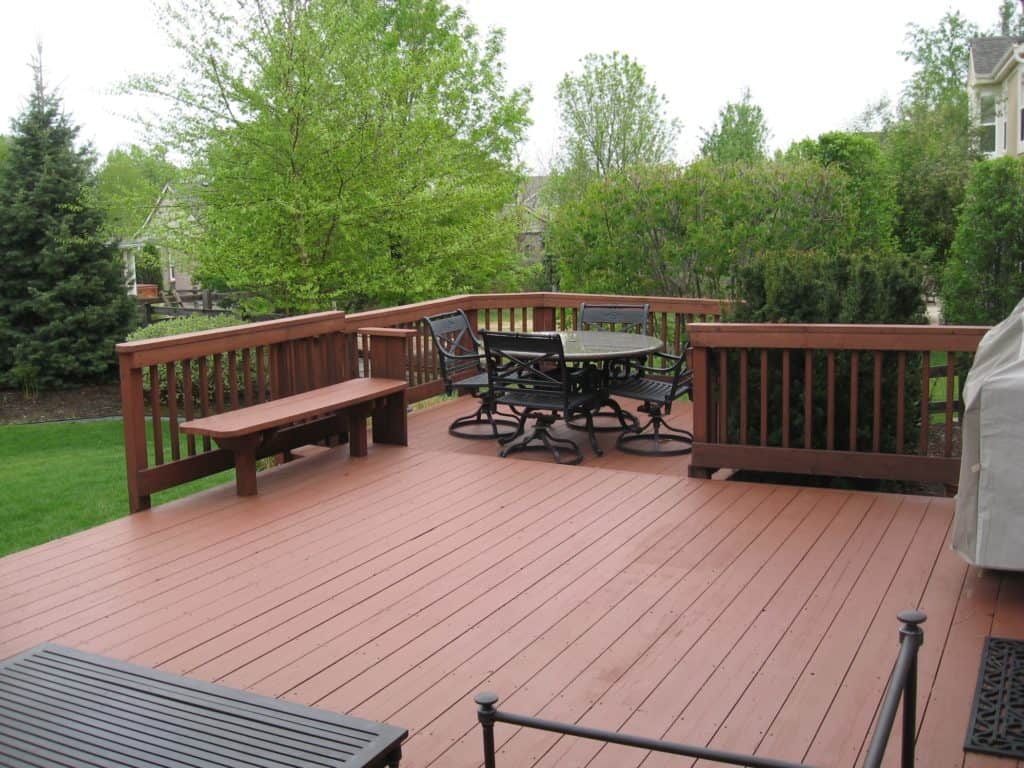




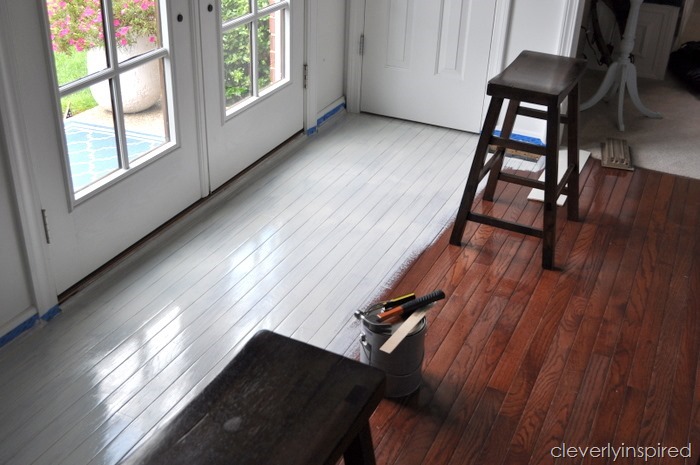

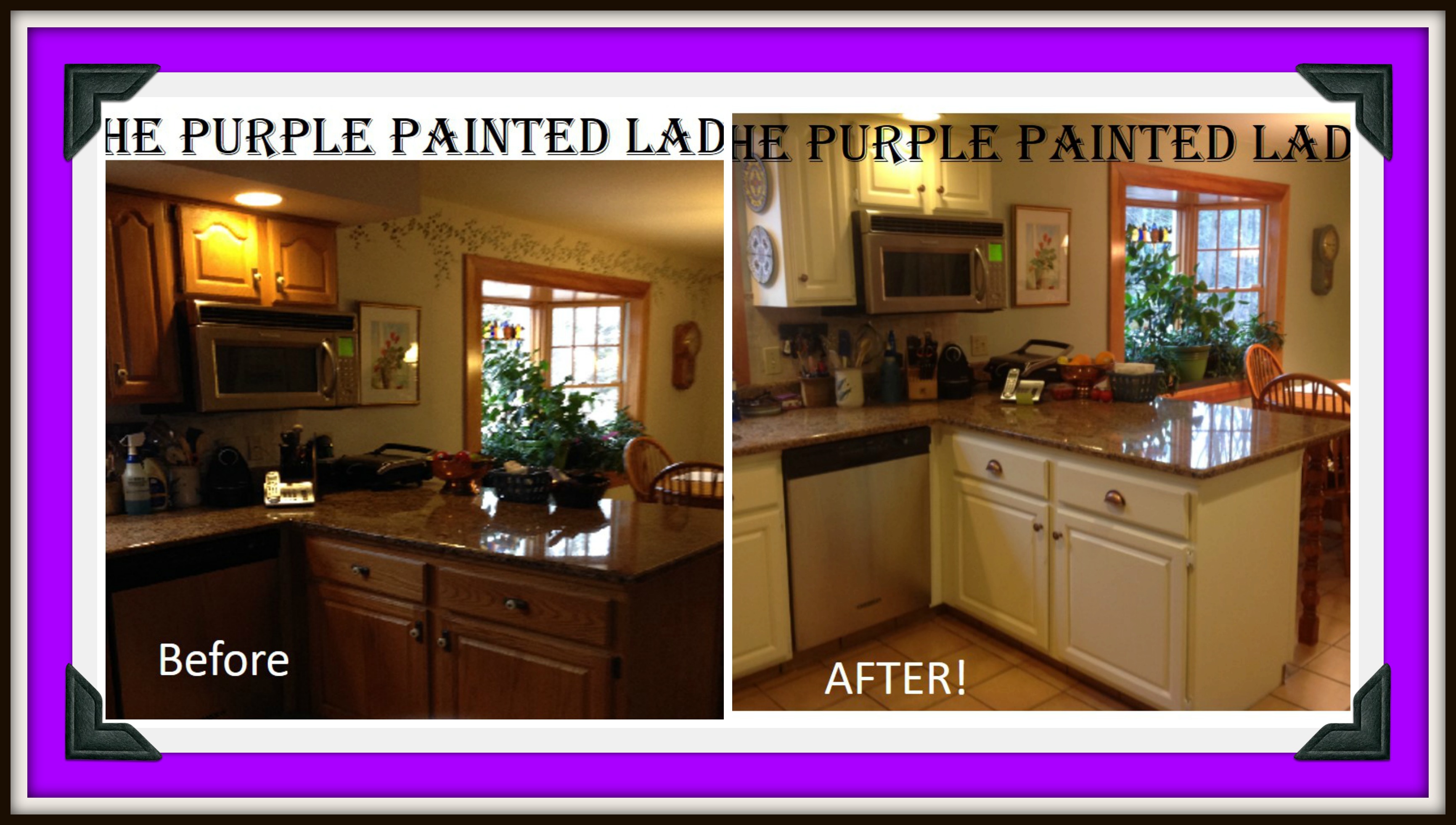
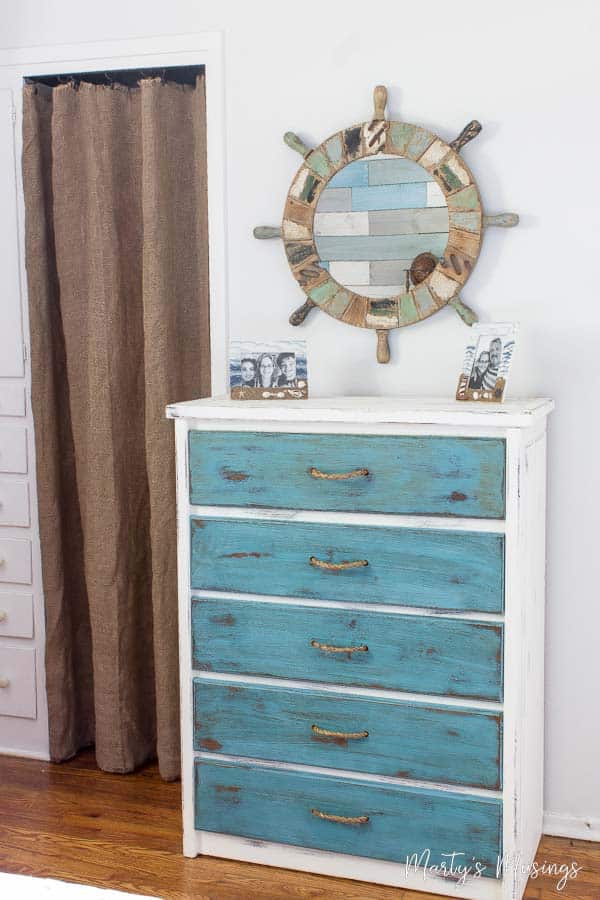
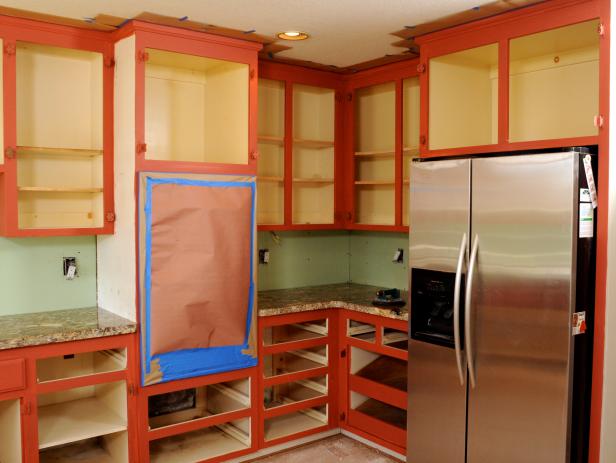







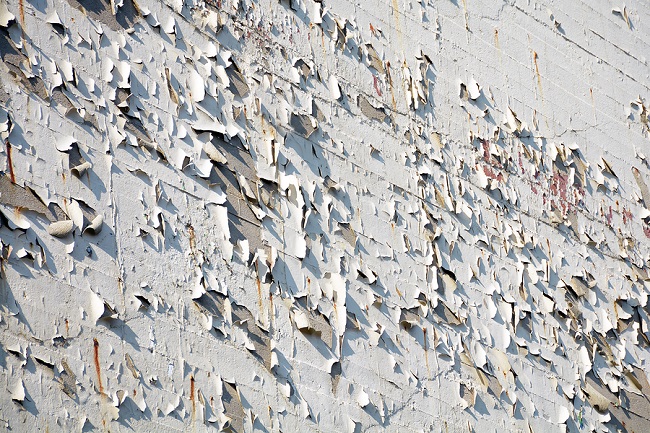








No comments:
Post a Comment
Note: Only a member of this blog may post a comment.